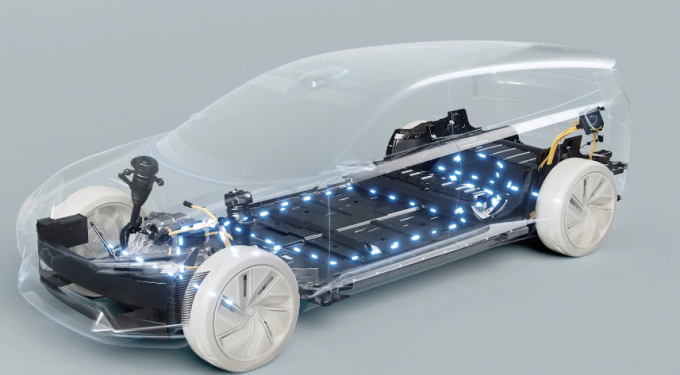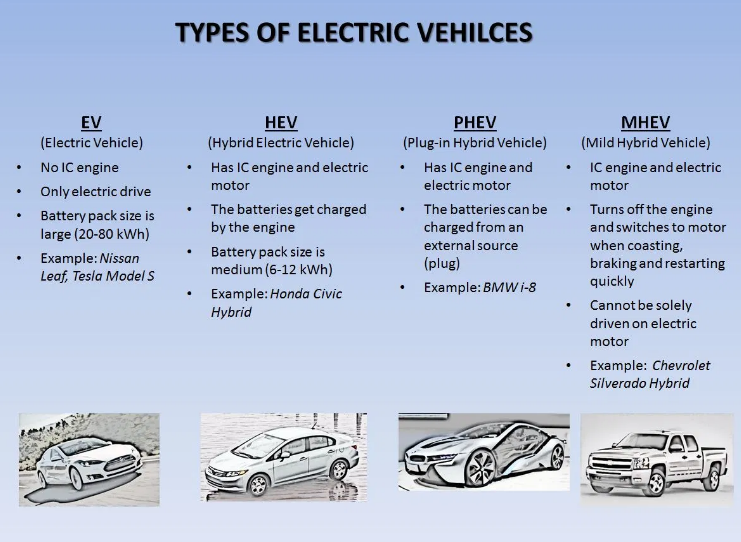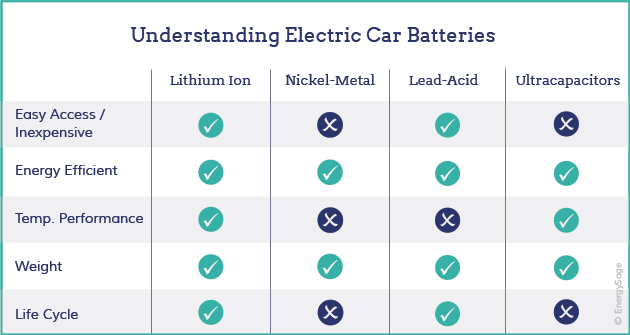Free Courses Sale ends Soon, Get It Now


Free Courses Sale ends Soon, Get It Now



Disclaimer: Copyright infringement not intended.
Context
Electric vehicle battery

Battery
Types of Batteries used in automobiles
Lead-acid batteries
Nickel metal hydride batteries
Lithium-ion batteries
|
A variation on lithium-ion batteries, called lithium-ion polymer batteries, may also prove valuable to the future of EVs. These batteries may eventually cost less to build than lithium-ion batteries; however, at the present time, lithium-ion polymer batteries are prohibitively expensive. |
Ultracapacitors

© 2024 iasgyan. All right reserved